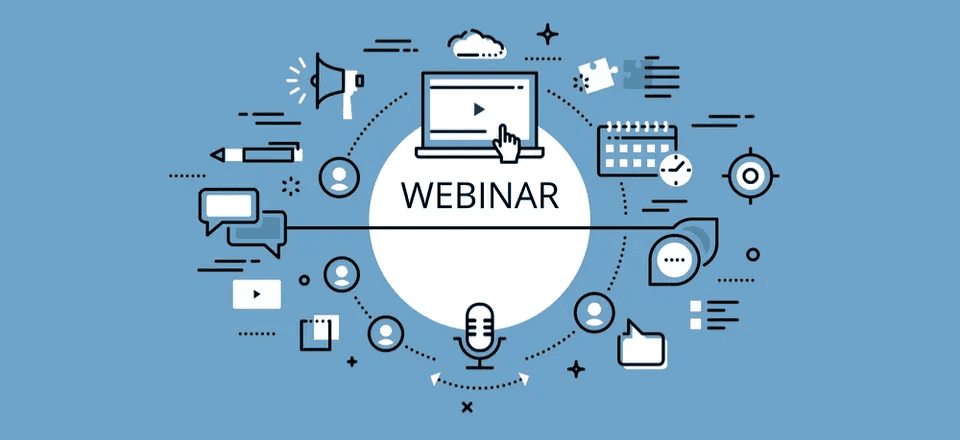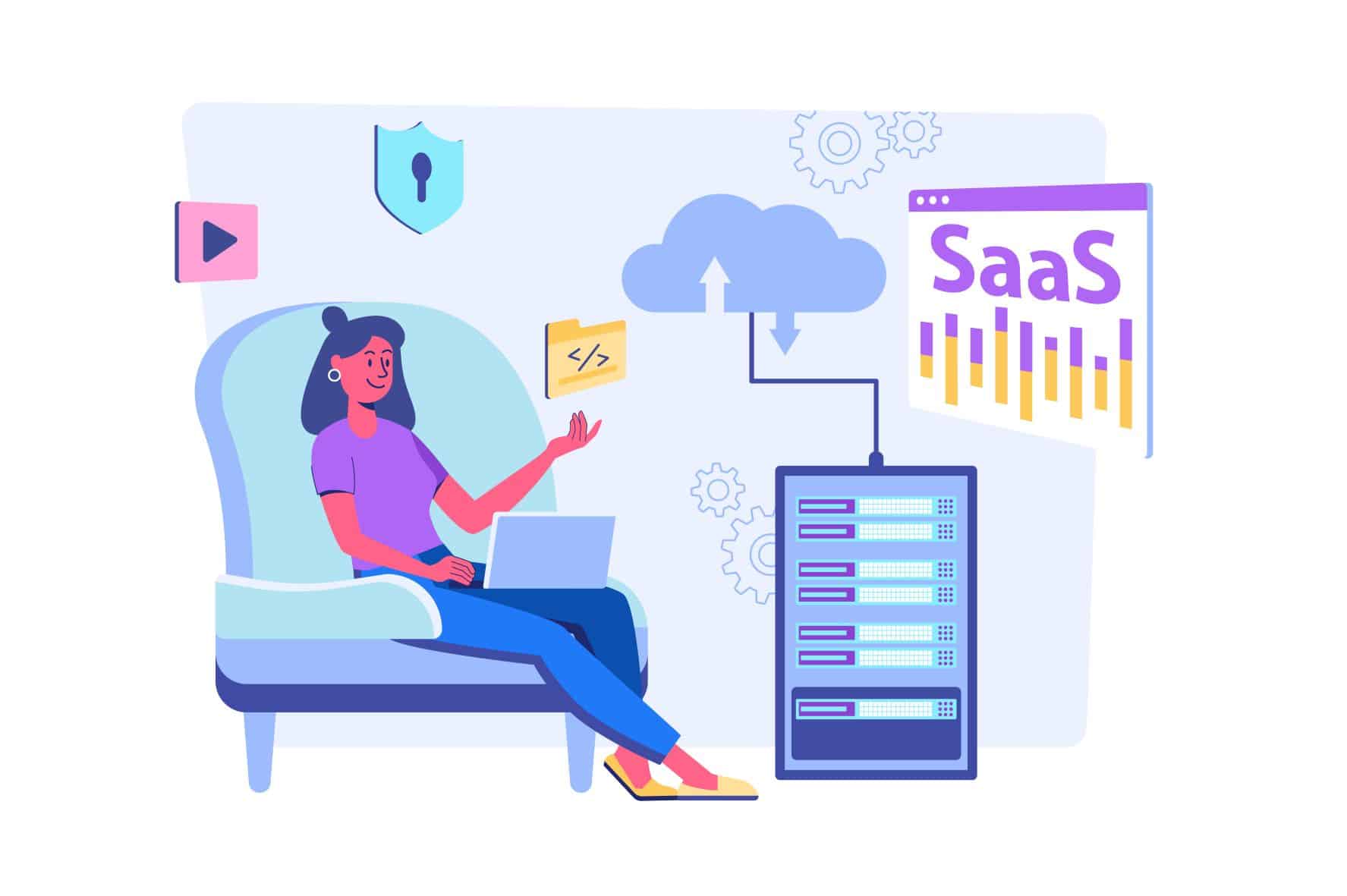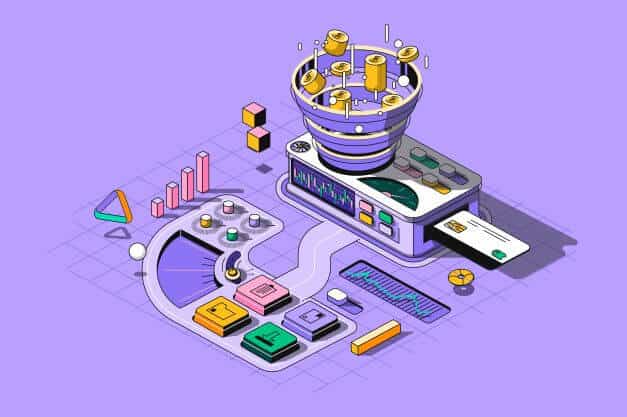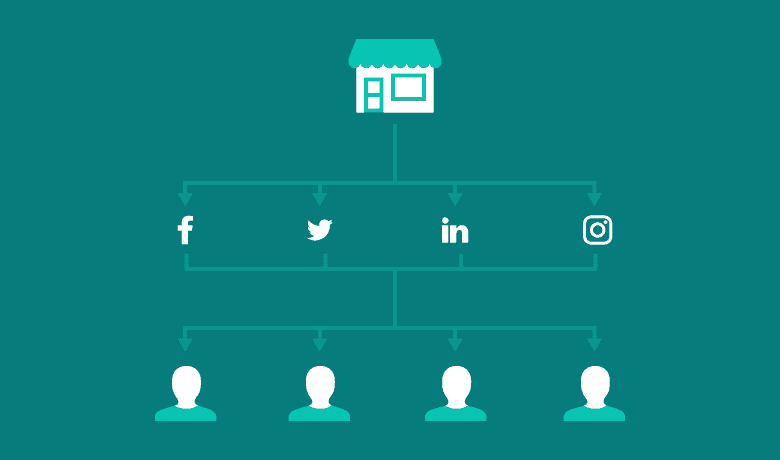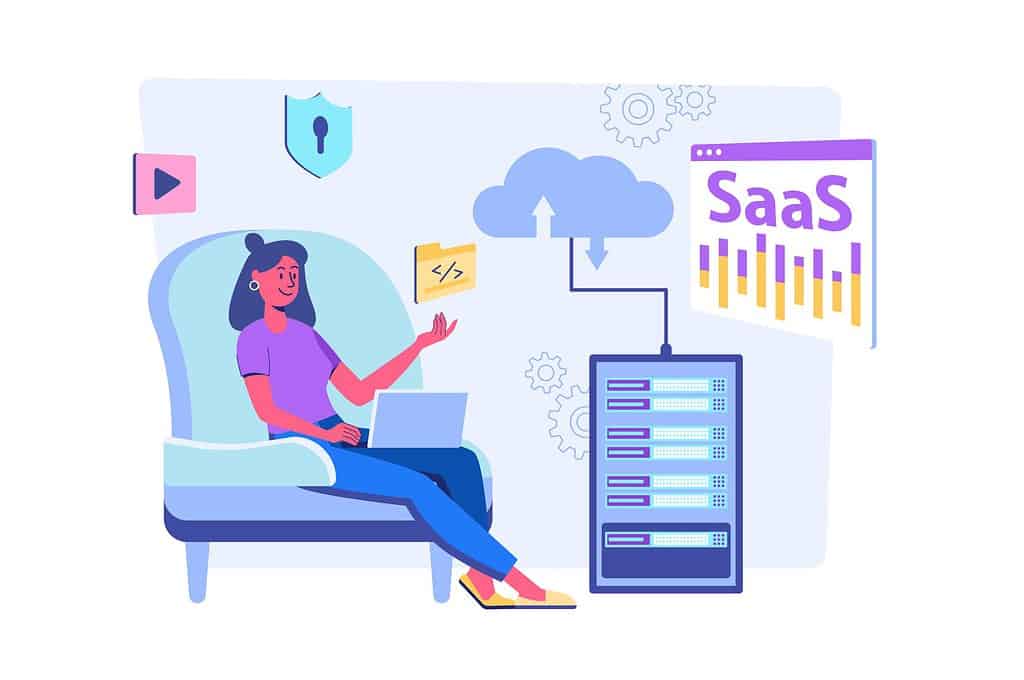Introduction: The Value of Repurposing Webinars and Presentations
In the age of content marketing, webinars and presentations have emerged as powerful tools to share knowledge and engage with the audience. But why limit their potential to a one-time event? Repurposing webinars and presentations into blog content can unlock numerous benefits. Not only does it allow you to extend the life of your content, but it also aids in reaching a wider audience who may prefer reading over watching a webinar.
This process of transformation involves several steps, but the resulting advantages are substantial. With blog posts derived from your webinars, you can bolster your online presence, improve SEO, and provide readers with a plethora of value-rich content. This approach essentially helps you get more out of your content creation efforts and resources.
Understanding Your Audience and Content
Knowing your audience is the first step in this repurposing journey. The blog content derived from your webinars should cater to the needs and interests of your target audience. Research their preferences, reading habits, and the type of content they engage with the most.
Similarly, understanding the core message and takeaways from your webinar or presentation is crucial. What are the key points that you want your readers to remember? Identifying these aspects will help you maintain the essence of your webinar in the blog format and ensure that your content is compelling and resonates with your audience.
Transcribing Your Webinars and Presentations
Transcription is an important part of the repurposing process. It involves converting your spoken words from the webinar or presentation into written text. Transcribing can be time-consuming, but it’s worth the effort. You can either do it yourself or leverage transcription services available online.
Transcriptions provide a comprehensive record of your webinar, making it easier for you to extract valuable points and convert them into engaging blog posts. Not only does this save time in content creation, but it also ensures that you don’t miss out on any valuable information from your webinars.
Breaking Down Your Content
Once you have your transcription, it’s time to break down your content. This involves segmenting your webinar or presentation content into smaller, digestible sections. Each section can potentially become an individual blog post, allowing you to create a series of articles from a single webinar.
The key here is to maintain thematic consistency across posts. Ensure that each article focuses on a specific aspect of your webinar and provides comprehensive information about that topic. This will keep your readers engaged and motivate them to read the subsequent posts in the series.

Transforming Oral Content into Written Form
The transition from oral content to written form is a vital aspect of repurposing. The way we speak often differs from how we write, especially in a formal setting. The challenge here is to maintain the same tone and message while ensuring that your content is reader-friendly and easy to understand.
Adapting your spoken content into engaging written content might involve rephrasing sentences, adjusting the sentence structure, or eliminating unnecessary filler words. Remember to write in a way that your audience prefers and can relate to.
Optimizing Your Blog Content for SEO
Once your blog posts are ready, it’s time to optimize them for search engines. SEO optimization is crucial for increasing the visibility of your content. Incorporate relevant keywords, use appropriate headers, and create keyword-rich descriptions for your posts.
Metadata also plays a significant role in SEO. Therefore, remember to include meta titles and meta descriptions for your blog posts. This not only helps in improving your search engine ranking but also makes your content more appealing to potential readers.
Promoting Your Repurposed Content
Creating content is only half the battle; the other half involves promoting it effectively. Leverage social media platforms, email marketing, and other promotional strategies to ensure your content reaches your intended audience. Encourage your webinar attendees to read the blog post for a refresher, and don’t forget to engage with them in the comment section or through interactive posts.
The goal is to maximize your content’s reach and visibility. Regularly share links to your blog posts on your social media accounts and consider using paid promotions for broader reach. The more your content is shared and engaged with, the more likely it is to attract a larger audience.
Conclusion: Maximizing Value with Repurposed Content
To summarize, turning webinars and presentations into blog content is an effective strategy to maximize the value of your content. It allows you to engage with your audience in different formats, improves SEO, and provides your readers with valuable information.
As we’ve seen, the process involves understanding your audience, transcribing the webinar, breaking down the content, transforming it into written form, optimizing it for SEO, and promoting it effectively. Although it requires effort, the benefits it brings make it a worthwhile endeavor. So, don’t let your webinars and presentations gather digital dust; breathe new life into them by repurposing them into engaging blog content!

